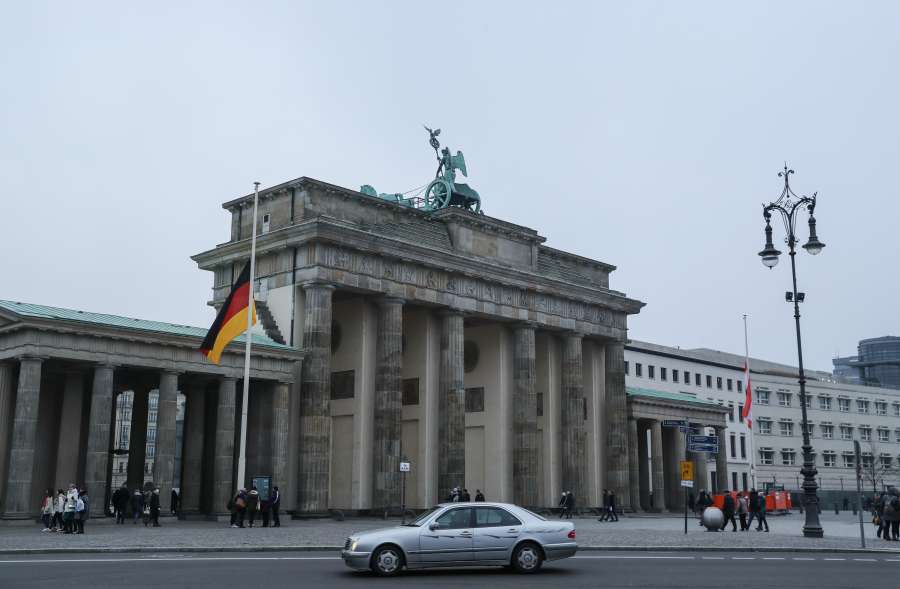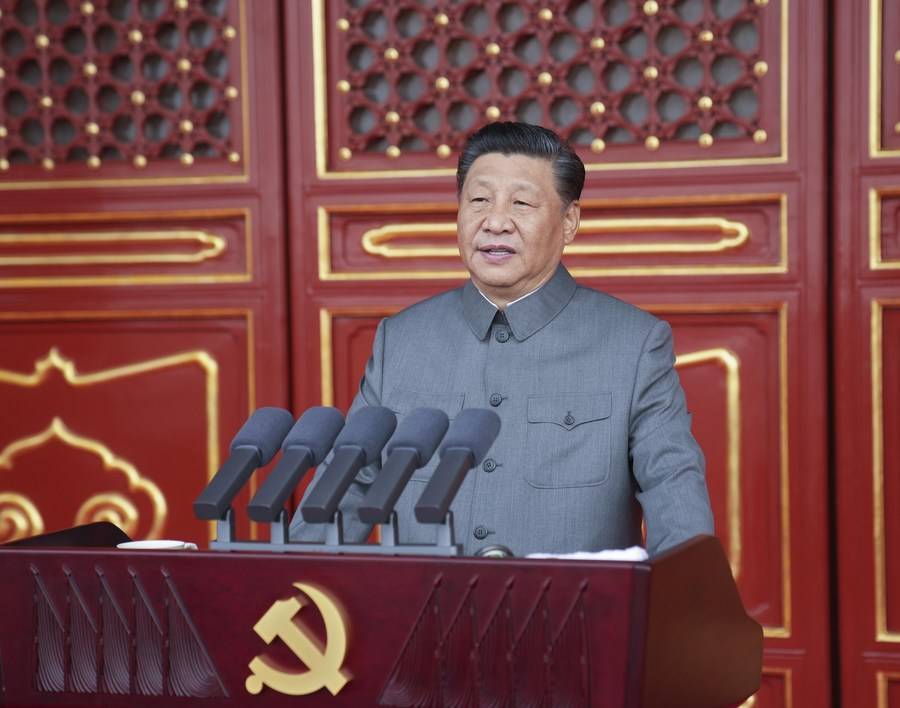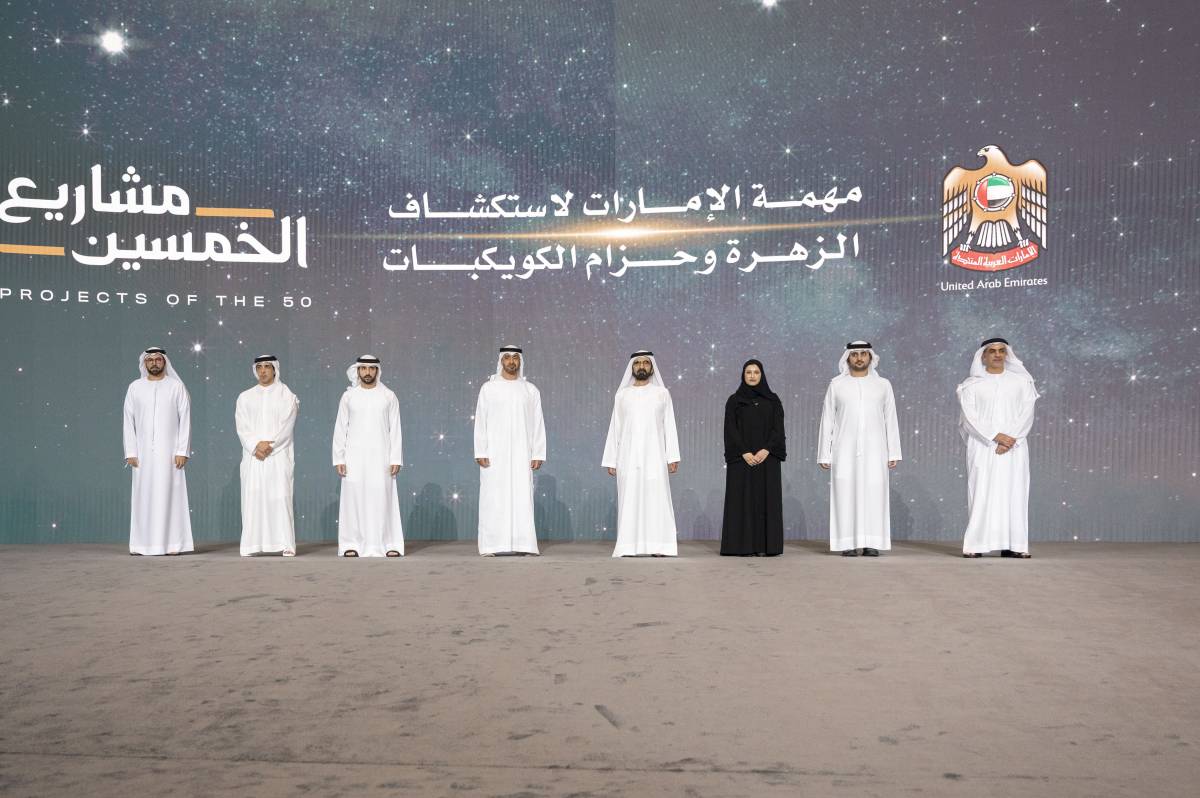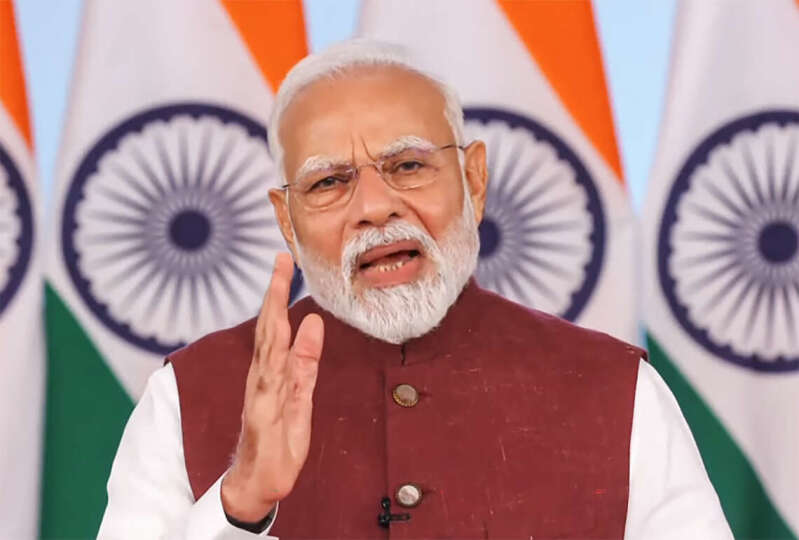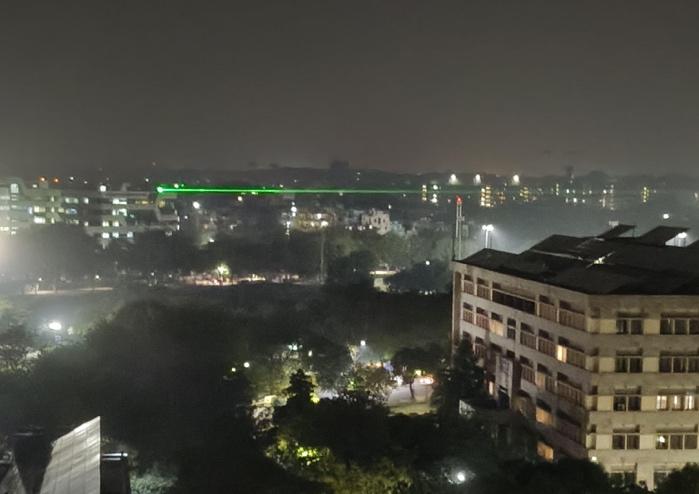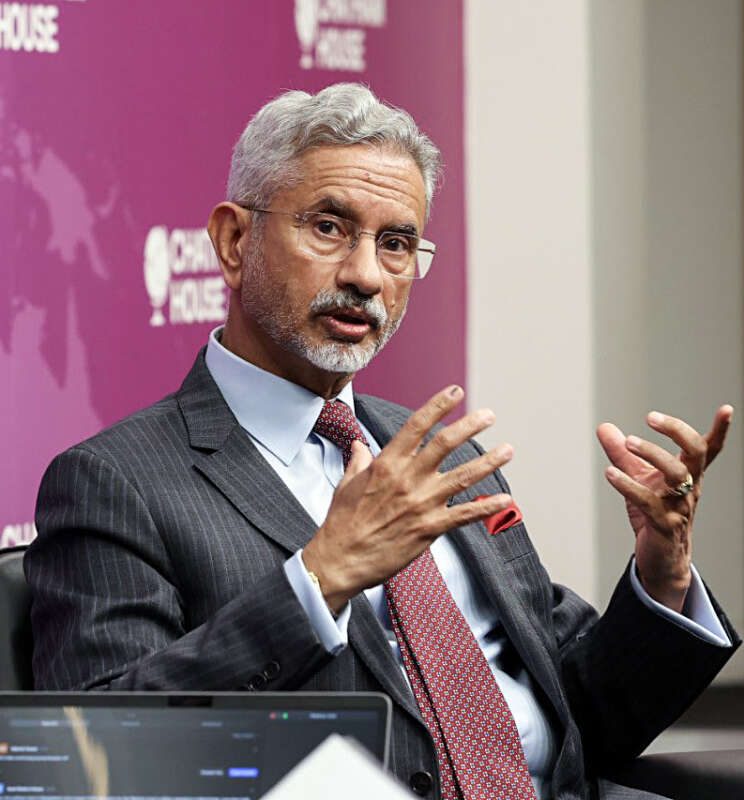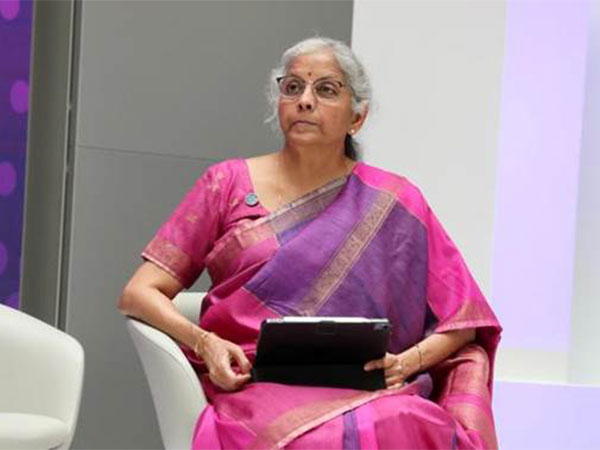Friedrich Nietzsche, Arthur Schopenhauer and Richard Wagner – A special column by Dilip Roy
In the 19th century when Indology was at its pinnacle, Germany was at the threshold of Europe who produced some of the greatest intellectual thinkers such as Goethe, Heine, Herder, Humboldt, Nietzsche, Ruckert, Schiller, Schlegel and Schopenhauer to name but a few. The German interpretations of the Indian epic, the Mahabharata and a section of the epic, the Bhagavadgita these texts played a crucial role in German intellectual circles beginning in the 19th century. This was followed by the study of ancient Vedas and Upanishads the period between (3000 to 2000 BCE.)
The names of Nietzsche, Schopenhauer and Richard Wagner are inextricably linked when writing their biographies and remain incomplete without extensive coverage. This piece is just a snippet. However, all three philosophers were profoundly influenced by Hindu philosophical thought like most of the 18th and 19th century German intellectuals. Germany’s affinity for India had a lot to do with its own identification between India’s ancient Brahmins with that of the German Goths.
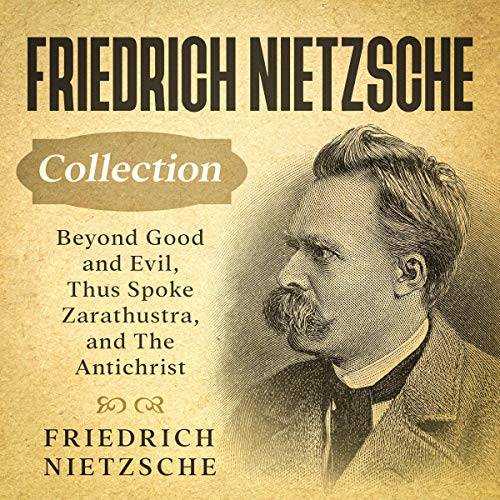
Friedrich Nietzsche {1844-1900} Nietzsche’s early works were heavily influenced by the works of Schopenhauer and Wagner and is clearly evident in his first major essay The Birth of Tragedy here he devotes a special chapter to Wagner and concludes he was not only a supreme genius but one of the greatest intellectuals that ever lived. Nietzsche puts Wagner in the same pedestal as Schopenhauer. In his Birth of Tragedy (1871) he refers to different aspects of Eastern philosophy to which he was drawn having studied at Bonn and Leipzig universities the seat of Sanskrit studies at the time. Nietzsche’s friend and classmate was an Indologist called Paul Deussen who later became the editor of Schopenhauer’s manuscripts. Nietzsche also believed many intrinsic cultural influences on ancient Greece and Europe had their origins in India. In the year 1880, he frequently compares Christianity to different aspects of Indian philosophy and goes on to say “There are many days that yet not broken” from Rig-Veda (2500 BCE) as the epigraph for Dawn.
According to Nietzsche there leads only one path for people, the path to Indian Buddhism, which in order for its longing for nothingness to be tolerated, needs those rare ecstatic states with their elevation above space, time, and the individual, as these states, in turn, requires a philosophy which teaches how to overcome the indescribable of the intervening states through the force of an idea. In Nietzsche’s philosophical essays one also finds a clear dichotomy between East and West that of Dionysian Greek to that of Schopenhauerian Hindu Vedantic Philosophy.
Arthur Schopenhauer (1788-1860} Schopenhauer was one of the greatest philosophers of his time. He became acquainted with Indian thought around 1813-14 when he was introduced to Indian philosophy by an Indologist called Friedrich Majer. The book Schopenhauer was strongly drawn to was the German translations of the Upanishads (1800 BCE) and the Hindu concept of Maya was the culmination of his magnum opus World as Will and Interpretation and went on to influence a host of well-known composers, novelists and thinkers of 19th and 20th century including Einstein, Freud, Thomas Mann, Nietzsche, Mahler and Wagner. As professor Bryan Magee (Wagner and Philosophy) succinctly puts it that without reading Schopenhauer, Wagner’s concept of Tristan and Isolde the latter half of Ring Cycle and Parsifal would not have been possible. Schopenhauer to this day remains the only great European philosopher to have been profoundly influenced by Upanishads and Vedic philosophy which he summarises thus: It is the most satisfying reading “It has been the solace of my life and will the solace of my death.”
Schopenhauer himself points out, the Hindu notion of the veil of Maya which he often invokes in connection with the world as representation is sometimes spoken of in terms of the notion of a dream. Schopenhauer thinks, to see this clearly, but he adds that the doctrine of the transmigration of souls is the same view in mythical form. Here again therefore he sees a profundity in Hindu religious thought. He was so impressed by the philosophy that he called the production of the highest human wisdom for Schopenhauer the ultimate philosophical truth is for everything that is knowable is just the objectification of the Will.
Schopenhauer was the first major European philosopher to integrate Eastern thinking in his work. His assertion in one of his major essays On the Basis of Morality (1841) is that the Brahmanic-Hindu Vedas and Upanishads and their ancient philosophical thought is of the highest order and goes on to confirm that there is absolutely no doubt that this was the basis of the wisdom of Pythagoras and other Greek philosophers even to the scanty reports on their philosophy that have come down.
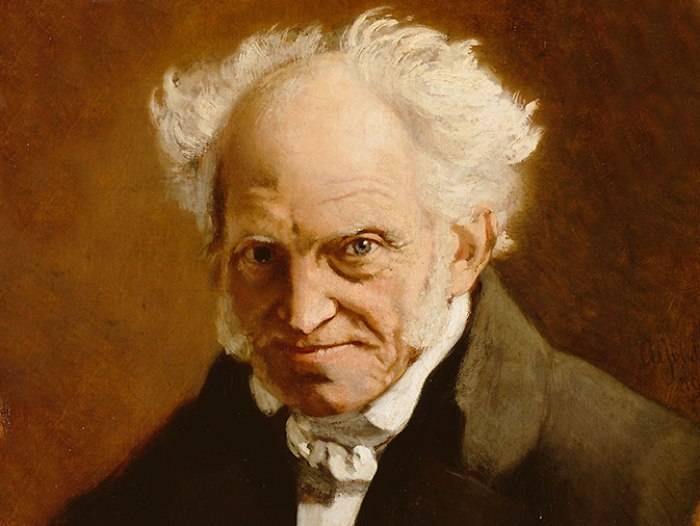
Richard Wagner (1813-1883) Born in Leipzig came to be known as the greatest German legend a polymath who embodied all forms of art and literature and remains unmatched to date. Wagner developed his likings of Indian philosophy through his association with Nietzsche and both were ardent admirers of Schopenhauer. Wagner was also a compulsive reader and was constantly reading German translations of Indian classical literature which were available in abundance at the time. Most of Wagner’s essays were written before reading Schopenhauer’s World as Will and Interpretation which Wagner discovered in 1854 and read at least four times before getting the full grasp of the philosophy and in the same year he wrote to his friend Franz Liszt saying that Schopenhauer’s philosophy came to him as a gift from heaven. According to Wagner, Schopenhauer was the greatest German philosopher since Immanuel Kant. Schopenhauer’s aesthetics on music also influenced Wagner’s thinking that music was the ultimate soul of expression. Wagner’s operas such as Lohengrin and Tristan and Isolde including the “Ring Cycle” are the best examples.
Wagner’s prose works are vast and varied. In one of his major essays, Religion and Art Wagner hails Brahmanic Hindu religion as supreme above all and calls its metaphysical wisdom a masterpiece without equality. In many of his prose works, he cites India as the cradle of civilization and also attributes the Graeco-Roman origins to India. The book that influenced Wagner greatly was that of a well known Norwegian Sanskrit scholar and an Indologist Christian Lassen (1800-1876) who wrote a massive four-volume Indische Altertumskunde (Study of Ancient Indian Civilization) published between (1844-1861) inspired the writing of Wagner’s essay Die Wibelungen The Nibelungs Myth (1848).
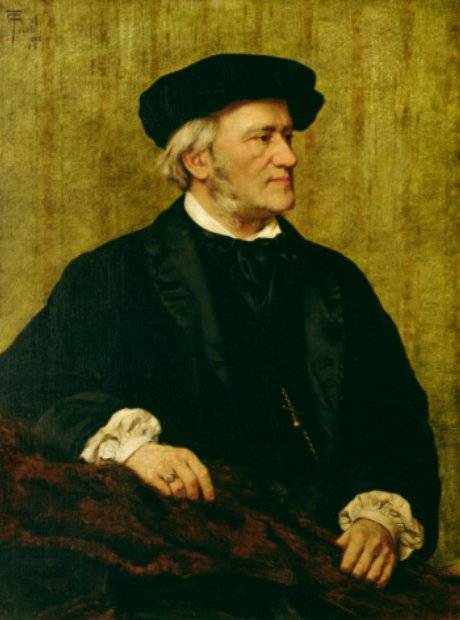
Lassen’s other work includes research in Hindu drama and philosophy and deciphering the Brahmi Script. Richard Wagner in My Life discovers Schopenhauer’s dream theory of Upanishads (1800BC) concepts of which he has used in operas like Tristan and Isolde and his marathon epic “The Ring Cycle” Including his other operas such as Lohengrin and Parsifal. According to some scholars Parsifal is also considered the fifth and final opera of the “Ring Cycle.” I would like to point out here that Wagner’s fairies the Rhine maidens directly corresponds with Apsaras the celestials maidens of Indian mythology who live both on land and in water and I would further add here that in the last segment of the Ring Gotterdammerung, Wagner goes back to India’s Vedic period of (2500 BCE) here he makes the heroine Brunnhilde jump into the funeral pyre of Siegfried and thus commits Sati in accordance with the Brahmanic as well as Norse rituals which were prevalent at the time.
Before venturing into the Ring cycle, Wagner was contemplating on a project called Friedrich 1 a drama in five acts concerned with the Hohenstaufen Emperor Friedrich Barbarossa intended to be an opera (1846) The legend of Barbarossa was a powerful expression of German identity at this time of strong national feeling. According to the legend, the original home of mankind was thought to be in India. The rulership was supposed to have passed down through various dynasties, from the first Asiatic and Indian kings, through Troy and the “Trojans” Franks and Romans to the Hohenstaufen rulers of the Middle Ages. Wagner associates Barbarossa with Siegfried. Wagner’s Friedrich/Siegfried/Rama is pictured in his mountain lair, surrounded by the hoard of Nibelungs, at his side the sharp sword that once struck down the grim dragon. (The Cambridge Companion to Wagner 2008)
A very noted 19th century German Indologist Adolf Holtzmann (1810-1870) was a professor of Philology at Heidelberg university famous for its Indological studies, was also the author of Indische Sagen a three-volume publication on Indian Legends published between (1845-1854) articulated his thesis on the German epic The Nibelungenlied, in which he claimed that the Indians, Greeks and the Germans were originally one people and the languages were originally one language so also the Indian, Greek and German mythologies the same. Setting out from his ideas of a common Indo-Germanic heroic tradition. Wagner read this compendium with great enthusiasm and was convinced that there was special genetic proximity between the Indians and the German race. Wagner was indebted for Holtzmann’s detailed erudition of the long heroic poem “Mahabharata” which contains a wide range of standard Indo-European ideas encountered in German, Greek and Norse epics. In a letter to Mathilde Wesendonk dated 30th April 1855 Wagner confirms Holtzmann’s authentic scholarship of this key handbook which he considered the treasure house of knowledge and Mahabharata the greatest epic poem ever composed.
Cosima Wagner in her Diaries volume two mentions to Richard that the Indians regarded intelligence as the sixth sense, a concept by which ideality of the world is so finely revealed but why this is not with us. Wagner’s reply is because we are blockheads and we have taken everything over from the Jews.
Richard Wagner was a polymath, besides being a composer and librettist was also a prolific writer of prose works a dramatist and a philosopher remains the most discussed and written about the artist to date. However, Wagner was not the only composer who was well-read in Indian literature and philosophy, the other European composer of Swedish descent was Gustav Holst (1874-1934) can rightly be called an Indologist. Holst a staunch Wagnerian was unique in the sense that he not only mastered classical Sanskrit and Rig Veda but was planning a grand opera called Sita which took him seven years to complete (1900-1907) based on the Indian classical epic Ramayana it was planned in the same scale as Wagner’s “Ring Cycle” unfortunately it did not see the light of the day and for financial reasons the whole project had to be abandoned. His other operatic works include the episodes from the Indian epic Mahabharata. However, Holst’s significant contribution was a tribute to Wagner’s Parsifal in his composition of Kalidasa’s “The Cloud Messenger” which has echoes of Amfortas-like pain-chord and it is clearly evident that Wagner’s influence was too strong to ignore.
Postscript: In India, an intellectual thinker like Shri Aurobindo was probably the first Indian to have an in-depth knowledge of Richard Wagner’s works and European cultures have studied in the West. I am also of the firm opinion that Wagner’s genius as a supreme European artist has no equal be it opera, prose works and philosophy who embodies all forms of classical arts and culture and will remain forever paramount on the cultural map of the world.
(Dilip Roy is an ardent Wagner enthusiast and an avid admirer of Wagner’s operas and prose works. He is an elected Fellow of the Royal Asiatic Society of Great Britain and Ireland. Dilip like most Germans scholars is also a great admirer of India’s classical literature and philosophy and an Indo-German cultural enthusiast. He is also a great admirer of Indian Maestro Zubin Mehta.)
READ MORE: KALIDASA: The Influence on European Composers and Richard Wagner
READ MORE: TAGORE: The Nobel Prize, Impact on Europe and Alexander VON Zemlinsk


